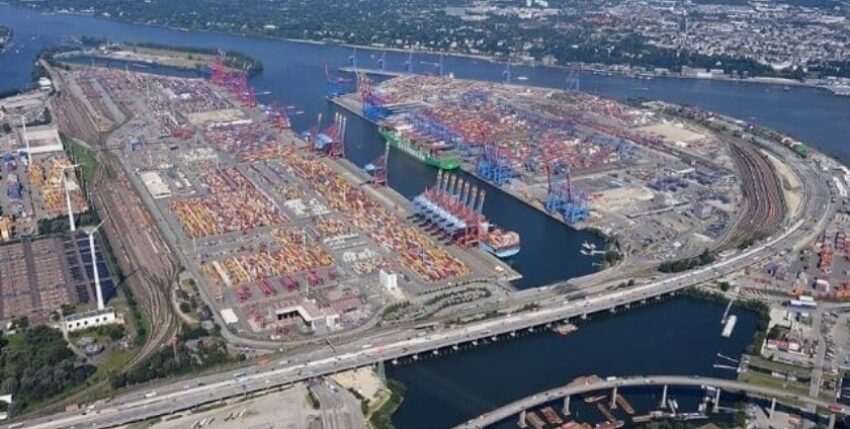Now that Europe and Germany are massively increasing their defence spending, the Central Association of German Seaport Operators (ZDS) is calling for some of the funds from the special infrastructure and climate neutrality fund to be used for both expansion and protection against potential military attacks.

In a letter to Defence Minister Boris Pistorius, it is emphasised that ports are of crucial importance for military logistics in the event of tension and defence and are therefore the first targets of attack. It is not only in the event of war that material and personnel from the Bundeswehr and NATO partners are transported via the seaports. It is therefore an important first step, but by no means sufficient, that the "Climate-friendly shipping and ports" funding programme in the Climate and Transformation Fund (KTF) is providing 400 million euros over four years for the maritime industry. However, according to a ZDS survey, the investment requirements of the seaports amount to around 15 billion euros, less than four per cent of the special infrastructure assets.
These are not wish lists, but reliable demand figures from the ports themselves, according to the ZDS Managing Director. These include, for example, investments in quay walls, cyber systems and railway facilities. The ZDS recommends a dual-use approach to financing that fulfils both civilian and military needs, as intact and future-proof seaports are indispensable for climate protection, security of supply and industrial value creation.
Germany's most important seaports in terms of cargo handling include Hamburg, Bremerhaven, Wilhelmshaven and Rostock. However, onward transport also requires a redundant basic military railway network and the mapping and preparation of critical infrastructure facilities that can be blocked or destroyed by means of blast shafts in the event of an attack in order to prevent enemy forces from advancing. Everything was available during the Cold War, along with the necessary specialists, the so-called Wallmeister. Today, sometimes only the yellow signs on old bridges remind us of this and indicate their load-bearing capacity for military vehicles.
kdk, The Maritime Executive










